As a WordPress website owner, you would agree that designing and publishing a WordPress-powered website is a pretty straightforward process. Therefore, you might wonder what the big fuss about WordPress Update is, and why other WordPress users hesitate to regularly update their websites.
Let us tell you that their “fears” are quite justified. Improper WordPress update can cause problems that can impact website performance or even end up breaking or crashing your website. Which brings us to the next question – Are you better off not updating your website at all? We recommend that you do not take this path either. This is because an old or outdated website has its own set of problems such as security-related issues and vulnerabilities and the absence of the latest WordPress features and functionalities. Missing out on such essential elements can significantly impact your website’s user experience besides jeopardizing its security.
“So, what should be the ideal path to take?” We suggest that you regularly update your WordPress version but also educate yourself on the typical problems you may face after an update. This will ensure that you don’t go into “panic mode” when you encounter any typical issues and know exactly what to do to solve each of them.
Primarily, these problems can be categorized under the following three headings:
- Website breaking or performance issues
- Losing customized changes in WordPress plugins/themes
- Incompatibility issues between different versions.
Let’s now discuss these problems after WordPress update in detail and find out how you can fix (or prevent) each of them:
1. Your website may break due to updates
In the first place, let’s understand some of the steps involved in updating the core WordPress or any of the installed plugins/themes to their latest version.
- Putting the website temporarily in the “Maintenance” mode by creating the *. maintenance file in the WordPress installation folder.
- Deleting all the existing Core WordPress or plugin/theme files from the current installation folder.
- Downloading the latest core WordPress or plugin/theme version and extracts its contents to the respective folders.
This is the basic process that WordPress goes through during any “update” process. What are the likely problems that could occur during this process?
- Your WordPress Website May Remain Stuck in the Maintenance Mode.
In an ideal world, your WordPress website must exit the Maintenance mode after the update is complete. This is achieved by deleting the *. maintenance file from the WordPress folder.
However, if this file is not automatically removed after the update, your website remains in the “maintenance” mode and displays a message, “Briefly unavailable for scheduled maintenance. Check back in a minute.”
What’s our solution? Use an FTP tool or file manager to locate and delete the *. maintenance file.
- Your Updated Plugins Cannot Be Used
This problem typically happens if you do not properly complete the update of an installed WordPress plugin. The respective plugin folder may either be empty or with some of the plugin files.
How does this problem occur? First, let’s understand how any WordPress plugin is installed. Let’s label our plugin as “PluginA,” installed in the “/wp-content/plugins/PluginA” folder. When you update this plugin, all files in this folder are removed and replaced with the files of the updated plugin version. If all the updated version files are not copied to this folder, it effectively means that PluginA cannot be used.
What’s our solution? Use an FTP tool like FileZilla to remove the plugin and then reinstall the plugin.
- The Much-Feared “White Screen” On Your Website Page.
Popularly known as the “White Screen of Death” in WordPress user circles, the “White Screen” is precisely what the name suggests! It is a blank white page that opens instead of your website page.
Why does it happen? There are several reasons, but it is primarily because of:
- Incompatibility between your current WordPress version and a new plugin version.
- Inadequate memory allocated by your web host for your website.
- Improper updating of your core WordPress version manually, resulting in website file corruption.
What’s our solution? Restore the previous version of the plugin that is causing the “white screen” issue. You can download the previous plugin version from the official WordPress plugin repository. Or you can also restore it from your backup data. Which is why we strongly recommend regular and timely backups for your site. There are plenty of WordPress backup plugins to choose from but one needs to choose wisely.
2. Losing Customized Changes in WordPress Plugins/Themes
Most of WordPress plugins and themes can be customized according to your preferences or business requirements. Will updating a plugin or theme to its latest version result in you losing all the plugin/theme changes or customizations? This is a valid concern, so let’s evaluate the common problems associated with plugin/theme customizations after an update.
- Customized Themes
You could lose all the customized changes in your installed themes after updating them to the latest version. How can you prevent this? As a good practice, avoid making any direct changes to original theme files like the style.css.
What’s our solution? To customize a WordPress theme, first, create a WordPress child theme and make your changes in the child theme.
Another effective practice is to take a complete backup of your WordPress website data that would include the customized themes before performing the update. You can easily do this using a WordPress backup tool. Take note of all the modified theme files (with the custom changes) and restore these files from the backup to the updated website files so that you don’t lose any of the custom changes.
- Customized Plugins
Let’s say you download “PluginA” from the WordPress repository and install it on your website. You are satisfied with the overall working of the plugin, but you want to make a few changes to the plugin to suit your needs. So, you go ahead and customize PluginA. After some time, you want to update PluginA to its “new” version but don’t want to lose out on customization changes that you have made. How do you tackle the issue?
What’s our solution? The question is “how do you customize WordPress plugins without losing these changes in future plugin updates?”
To customize a plugin (in this case, PluginA), the best practice is to create a second plugin (name it, “Custom_PluginA) and make all your changes in Custom_PluginA that typically extends the functionality of PluginA. WordPress developers write their customized plugin code using functionalities like actions and filters. So, even if you update the PluginA, you will not lose your customized changes as they are still present in Custom_PluginA (which cannot be updated).
- Customized Changes That Do Not Show Up on The Website
Despite taking care of all customized plugins and themes, you could still end up with a situation where customized changes do not reflect on your website. Why does that happen? Because of a common website feature called “Browser caching” that stores the static website information accessed by frequent visitors on their browser cache memory. This method speeds up your website loading as you don’t have to retrieve this information from the main web server each time.
How does browser caching prevent customized changes from showing up on the website? This does not happen all the time, but when this problem does occur, it’s because your browser does not register a minor customized change. This makes your browser reload your website as stored in its cache.
What’s our solution? Disable the “browser caching” feature temporarily to reload the website with all the customized changes.
3. Compatibility Issues Between Different Versions
Updating a WordPress website can also lead to incompatibility issues. As an example, the WooCommerce plugin had a lot of compatibility issues with the release of the Gutenberg version of WordPress. Plugin developers then worked towards releasing an updated version of the plugin that was compatible with the latest released version of WordPress.
What’s our solution? If you are currently running multiple plugins/themes on your WordPress website, a good practice would be to check all your installed plugins/themes on a staging environment and analyze if there are incompatibility issues.
An alternative solution is to check online resources and forums like WordPress.org to find out which plugin/theme versions are compatible with the latest release of WordPress.
In Conclusion
Through this article, we have highlighted some of the common problems you could encounter after applying a WordPress update. We have also provided effective solutions to each of these problems.
But, as the saying goes, “Prevention is better than cure.” What if we told you that you could test all your WordPress (including plugins/themes) updates without any impact on your live website?
It sounds like a great idea, doesn’t it? It is. You’ll need a WordPress staging plugin to create a staging environment. A staging environment is a safe environment where you can test all your updates to check for any website-related issues. Only when you are satisfied with the performance, you can merge the updates or changes with the live website. Go ahead and apply these little tricks that can put your website updating problems to rest! Let us know what worked for you in the comments below.

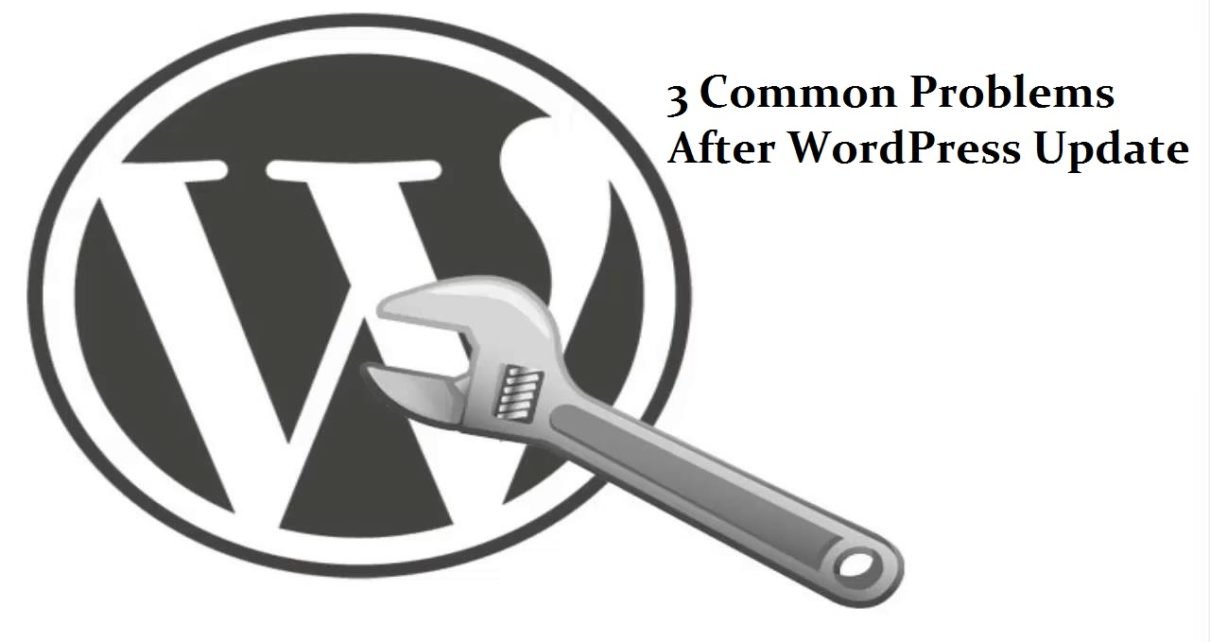
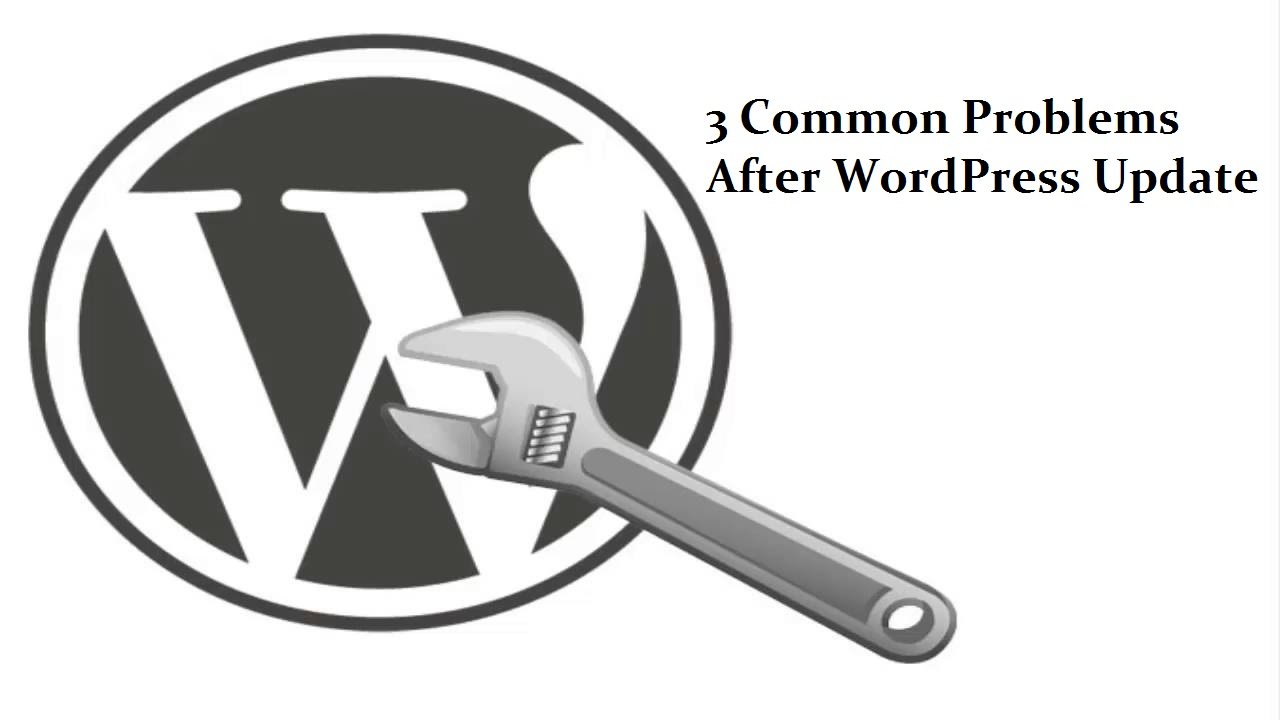

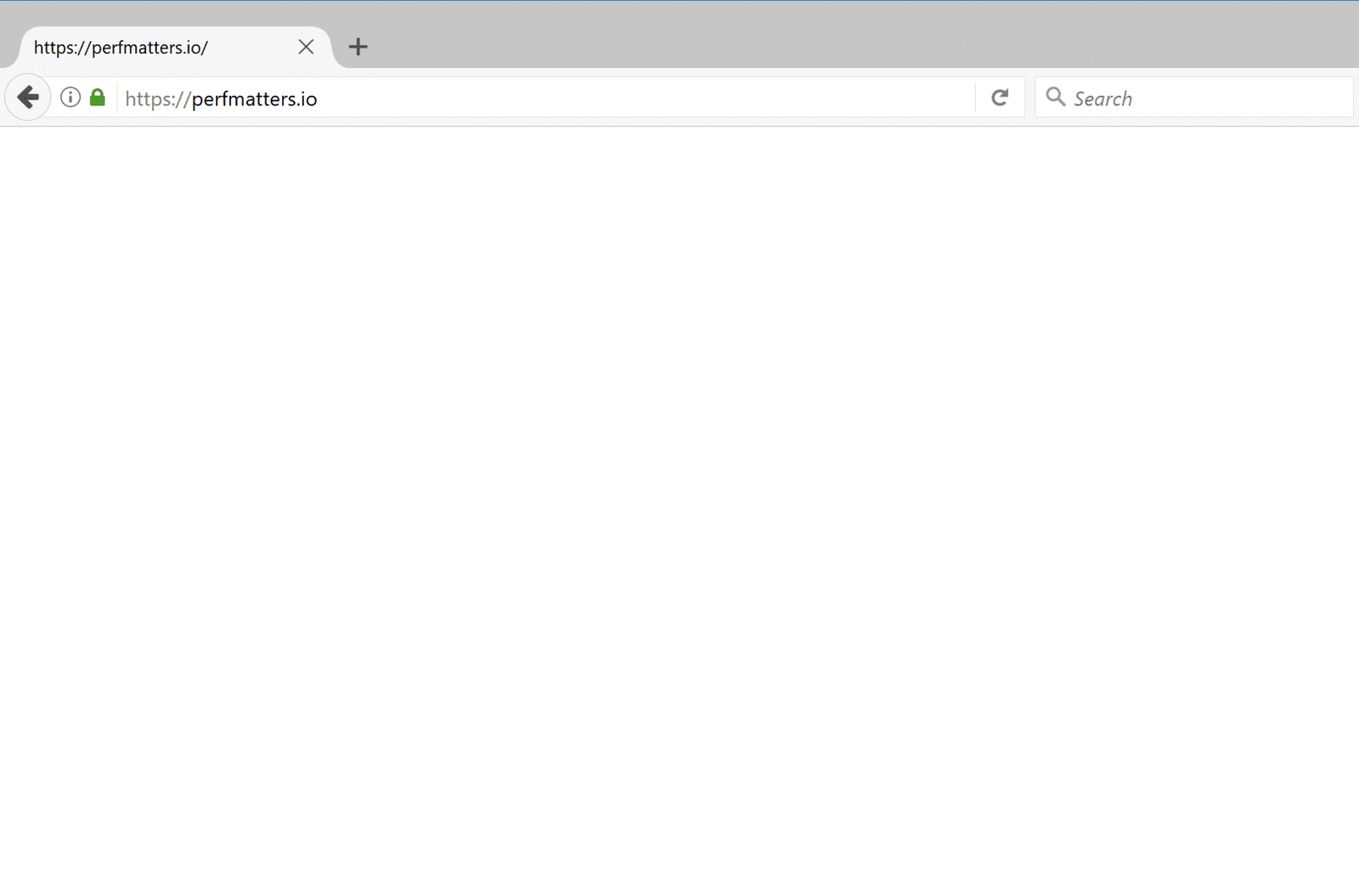
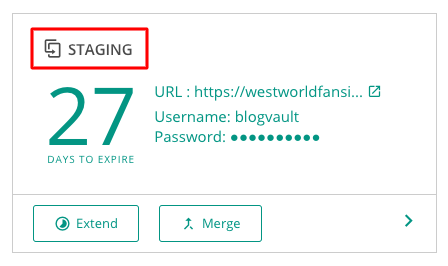
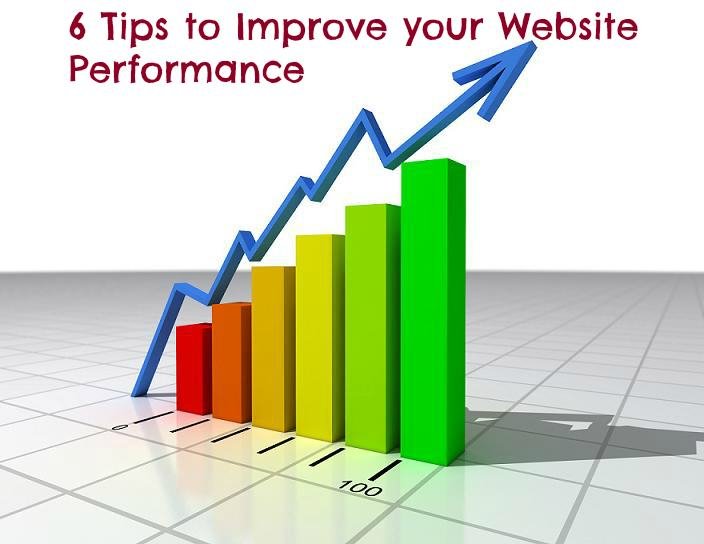


Experienced such problems before, great post. Thanks!
I too faced such problems before.. Thanks for d post..it will help me alot.
I really liked this article as it’s full of important errors that we usually face to get a lot in WordPress.